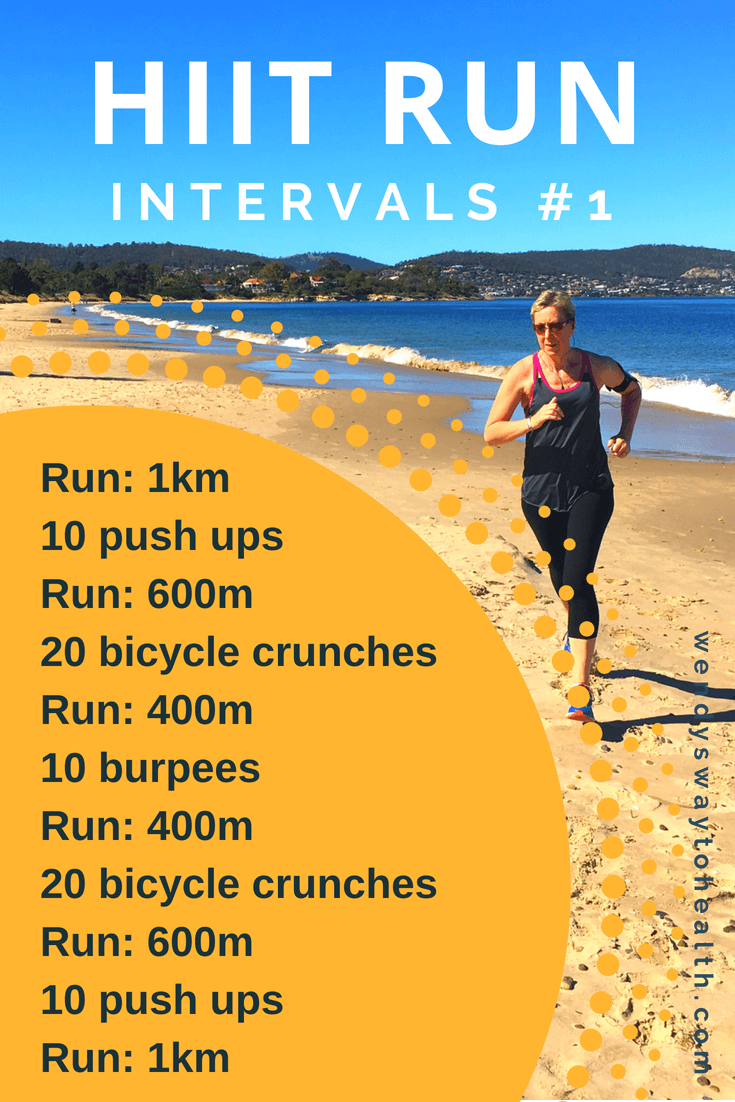Enhance Your Running Workout: Specialist Strategies Revealed
Enhance Your Running Workout: Specialist Strategies Revealed
Blog Article
Conquering Pain in Operating: Techniques and Methods That Job
Discomfort is an usual companion for many joggers, frequently serving as a barrier to accomplishing their preferred goals. However, with the right techniques and techniques, it is feasible to get over and even avoid the pain linked with running. By exploring numerous approaches such as recognizing the different sorts of running pain, optimizing footwear and type, incorporating cross-training and strength workouts, implementing efficient healing techniques, and maintaining correct nutrition and hydration, joggers can possibly ease their pain and boost their general running experience.
Comprehending Various Sorts Of Running Pain

One more kind of running discomfort is joint discomfort, which can manifest as a sharp or throbbing discomfort in areas such as the knees, hips, or ankles (running strategy). Joint discomfort might be triggered by aspects like inappropriate running kind, overuse, or underlying conditions like arthritis (this is where I read it). It is important to separate in between muscle discomfort and joint discomfort, as the latter might require medical interest to protect against further injury
Recognizing the various kinds of running pain is important for efficient administration and prevention strategies to ensure a safe and enjoyable running experience.
Proper Shoes and Running Form
To optimize performance and reduce the threat of running-related injuries, picking proper footwear and maintaining correct running kind are necessary elements for runners of all degrees. Appropriate footwear plays an essential duty in giving assistance, cushioning, security, and security for the feet and lower arm or legs. It is suggested to choose running footwear that are particularly developed for the person's foot kind, running gait, and the kind of running activity they engage in. Obtaining fitted for footwear at a specialized running shop can help guarantee the appropriate fit and support.

Cross-Training and Stamina Workouts
Strength exercises, like squats, lunges, and core exercises, play an essential role in stabilizing muscles and boosting running performance. They can deal with muscular tissue inequalities, improve agility, and boost power result, all of which are essential for running efficiency.
It is important to permit for ample rest in between running sessions and cross-training tasks to prevent overuse injuries. By incorporating these components right into a running routine, runners can construct a more powerful structure, enhance performance, and delight in a much more lasting running experience - click site.
Recovery and Rest Strategies
Having developed the importance of cross-training and stamina exercises in a detailed running routine, interest can currently be directed towards Recuperation and Rest Methods as indispensable parts for optimizing performance and lowering the danger of link injuries. (running strategy)
Recuperation after running is essential for muscular tissue repair and growth. Strategies such as foam rolling, extending, and massage therapy aid in minimizing muscle mass pain and improving flexibility. Appropriate remainder in between runs allows the body to recover and adapt to the physical anxiety, stopping overuse injuries.
Integrating energetic recovery days into a training schedule, where low-intensity activities like walking or biking are executed, can boost blood circulation and advertise healing without putting excess strain on the muscles. Furthermore, appropriate hydration and nourishment play a vital role in the recovery process by renewing shed liquids and nutrients.
Quality sleep is another vital element of healing that need to not be neglected. Throughout rest, the body undergoes repair and regeneration processes, contributing to total physical and psychological well-being. By prioritizing recuperation and rest strategies, runners can preserve ideal performance degrees and decrease the probability of experiencing pain or injuries.
Nutrition and Hydration for Runners
Carbohydrates supply energy for running, while healthy proteins help in muscle mass fixing and healing. Ample hydration is also crucial to preserve ideal efficiency, as even moderate dehydration can adversely impact running performance. In addition, timing meals and snacks suitably prior to runs can help stop stomach discomfort and offer the essential energy for peak performance.
Final Thought
To conclude, by understanding the different kinds of running discomfort, putting on proper footwear, preserving right running kind, incorporating cross-training and strength exercises, prioritizing healing and remainder, and concentrating on nourishment and hydration, runners can effectively conquer pain and enhance their performance. Carrying out these approaches and strategies can aid joggers protect against injuries, enhance their endurance, and ultimately delight in a much more satisfying running experience.
Report this page